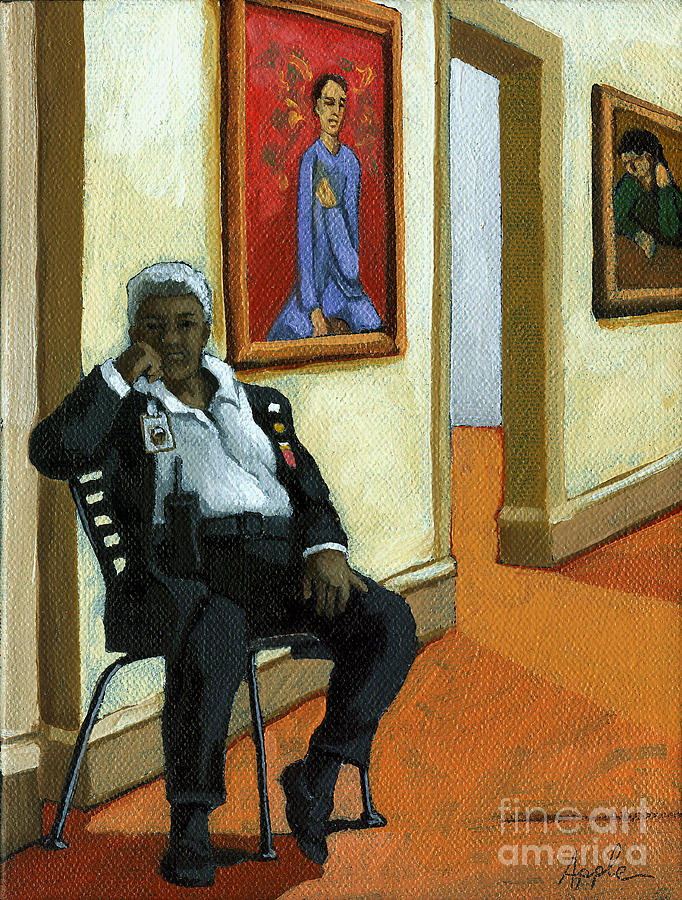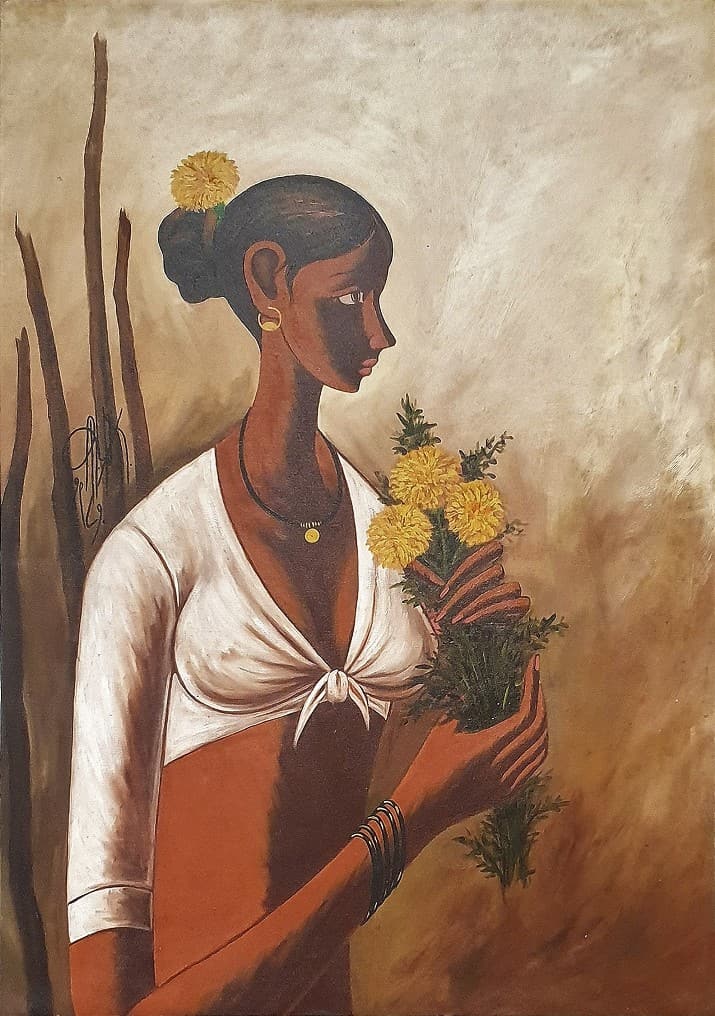Revealing the Tricks Behind Expressive Figurative Oil Painting Styles
Revealing the Tricks Behind Expressive Figurative Oil Painting Styles
Blog Article
The Development of Figurative Oil Paint: Recognizing Its Historical Significance and Modern Interpretations
The development of figurative oil paint serves as an engaging lens via which to take a look at the interaction between imaginative expression and historical context. Contemporary musicians, drawing from this rich heritage, are now reinterpreting the human figure in methods that challenge typical narratives.
Origins of Figurative Oil Painting
The beginnings of figurative oil paint can be traced back to the very early Renaissance in Europe, particularly in the 15th century. This duration noted a considerable separation from the level depictions and rigid types particular of middle ages art. Musicians started to explore naturalism, highlighting the human number and its emotional expression. The advancement of oil paint enabled better depth of color and information, boosting the realism and vibrancy of their work.

In this transformative age, figures were frequently portrayed within contextually rich settings, showcasing not just their physical features yet likewise their mental states. Pioneers such as Jan van Eyck and Titian harnessed the tool's convenience, utilizing layering methods to achieve luminance and appearance. This advancement helped with the portrayal of detailed materials and the subtleties of complexion, adding to the growth of portrait and narrative scenes.
Moreover, the Renaissance focus on humanism cultivated a recognition for individuality, which in turn affected artists to develop more dynamic and relatable numbers - figurative oil painting. Consequently, metaphorical oil paint emerged as an effective vehicle for narration and emotional involvement, preparing for future imaginative motions and designs
Secret Historic Motions
Significant historic motions have formed the development of metaphorical oil painting, each adding one-of-a-kind approaches and strategies that broadened the medium's possibilities. The Renaissance marked a crucial moment, emphasizing realistic look and the human kind, with artists like Leonardo da Vinci and Michelangelo pressing the boundaries of physiological accuracy and viewpoint. Following this, the Baroque era brought remarkable contrasts of light and darkness, exemplified by Caravaggio, that infused religious motifs with extreme emotionality.
The 19th century introduced Romanticism and Realism, where musicians such as Delacroix and Courbet tested classical suitables, concentrating on individual expression and daily life. The arrival of Impressionism further transformed the tool by stressing the results of light and shade, resulting in a departure from standard depiction.
In the very early 20th century, movements like Expressionism and Cubism redefined figurative painting through abstraction and the expedition of emotional depth. Each of these activities not only reflected the social modifications of their times but also laid the groundwork for modern interpretations. The interaction between these historic movements has actually produced an abundant tapestry of philosophies and styles, influencing modern-day artists in their pursuit of catching the human experience on canvas.
Strategies and Materials Advancement

Throughout the Baroque duration, techniques such as chiaroscuro and sfumato emerged, improving the psychological resonance of metaphorical structures. Musicians began to explore lusters and impasto, manipulating texture and brightness. By the 19th century, developments like using pre-mixed paints in tubes changed accessibility, permitting musicians to paint en plein air and capture the short lived results of light.
The 20th century witnessed the intro of artificial pigments and mediums, which broadened the combination and changed the consistency of oil paints. In addition, the exploration of brand-new application techniques, such as scheme blades and brushes of differing rigidity, additional varied imaginative expression. Collectively, these developments show the progressing partnership between materials, methods, and the artistic vision intrinsic in metaphorical oil painting.

Contemporary Interpretations
Contemporary analyses of metaphorical oil painting show right here a dynamic discussion between custom and advancement, where musicians challenge established standards and check out varied motifs. This advancement shows up in different methods, as modern artists mix classic strategies with modern-day concepts, usually addressing social, political, and personal narratives.
Numerous specialists attract motivation from historical jobs, yet they instill their pieces with contemporary point of views, utilizing the human form as a car for commentary on identification, culture, and sex. Artists increasingly explore abstraction, distortion, and mixed media, which enables a wider analysis of the figure and its context.
Moreover, making use of dazzling shade schemes and non-traditional make-ups typically serves to disrupt conventional checking out experiences, provoking crucial interaction from target markets. This shift in emphasis extends past aesthetic appeals; it reflects a growing awareness of the intricacies of human experience in an interconnected globe.
As metaphorical oil painting remains to evolve, it stays an important tool for exploring the nuances of modern life, symbolizing both a regard for heritage and a commitment to modern thought. The result is an abundant tapestry of expression that reverberates with the intricacies of the modern human problem.
Impact on Modern Art
The influence of figurative oil description painting on contemporary art is extensive, as it has actually constantly influenced a myriad of imaginative movements and practices throughout the 20th and 21st centuries. From Expressionism to Surrealism and beyond, the exploration of the human number has actually continued to be a central theme, enabling musicians to share intricate feelings and stories. This emphasis on figurative representation has resulted in a re-examination of typical strategies, resulting in innovative methods that blend realistic look with abstraction.
Additionally, modern musicians have actually welcomed metaphorical oil paint as a method to resolve political and social concerns, using the medium to challenge understandings of society, identification, and sex. The revival of interest in figurative operate in current years shows a hoping for connection in a progressively digital globe, where human experience and feeling are vital.
Furthermore, you could check here the dialogue in between metaphorical oil painting and modern art appears in the jobs of musicians such as Kehinde Wiley and Jenny Saville, who make use of historic recommendations while infusing their pieces with modern significance. Ultimately, metaphorical oil paint remains to shape and redefine contemporary creative expression, underscoring its long-lasting relevance in the art world.
Conclusion
The advancement of figurative oil paint underscores its historic value and adaptability throughout numerous creative movements. Eventually, metaphorical oil painting stays an essential medium for checking out the human experience, reverberating greatly in today's electronic landscape.
The evolution of figurative oil paint offers as a compelling lens with which to take a look at the interaction between artistic expression and historical context.Substantial historic movements have shaped the development of metaphorical oil painting, each contributing distinct approaches and techniques that increased the tool's possibilities.As historical movements shaped the trajectory of figurative oil paint, the materials and methods employed by artists have actually also gone through considerable improvements. figurative oil painting.The impact of figurative oil painting on modern art is profound, as it has continually motivated a myriad of creative motions and techniques throughout the 20th and 21st centuries.The advancement of metaphorical oil paint emphasizes its historical value and adaptability throughout different imaginative motions
Report this page